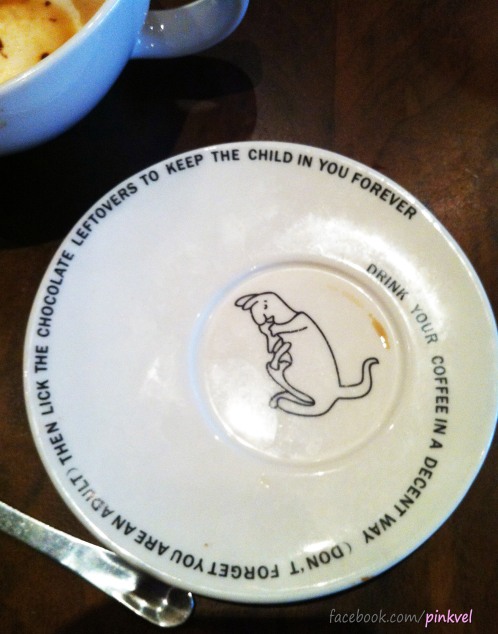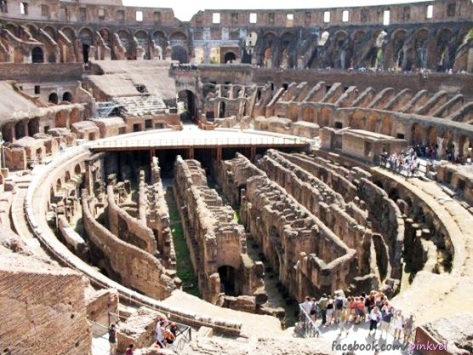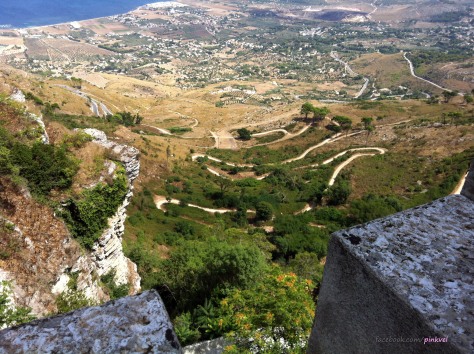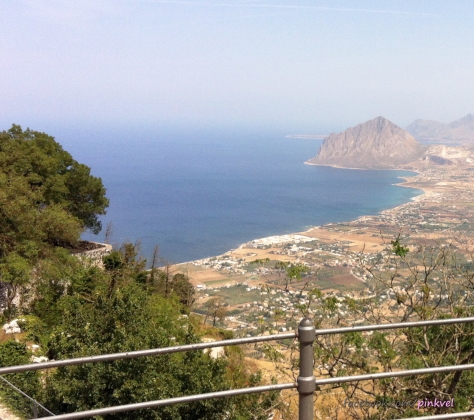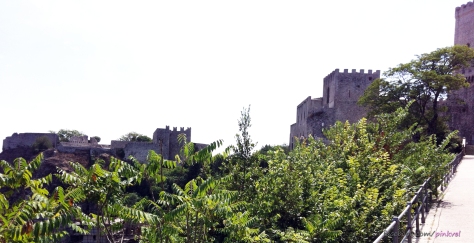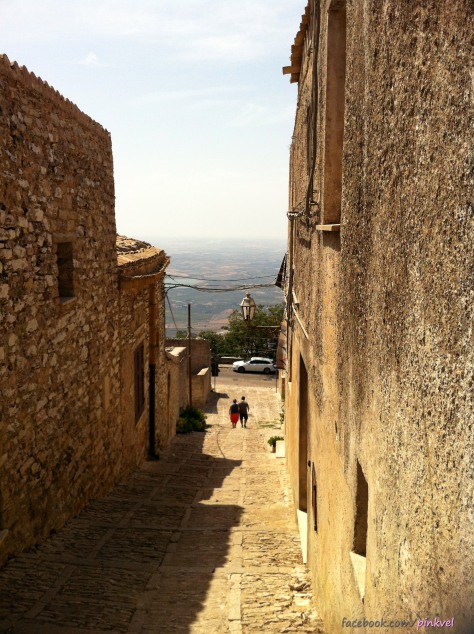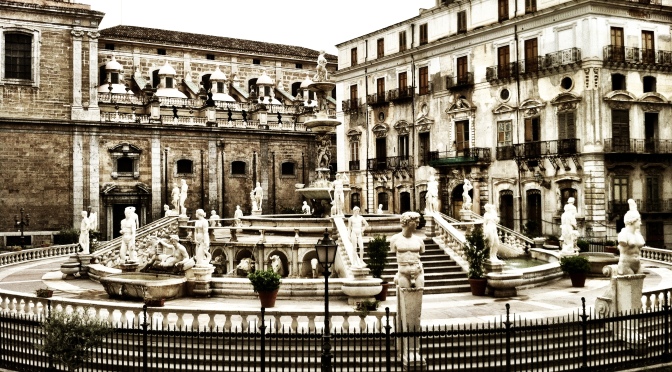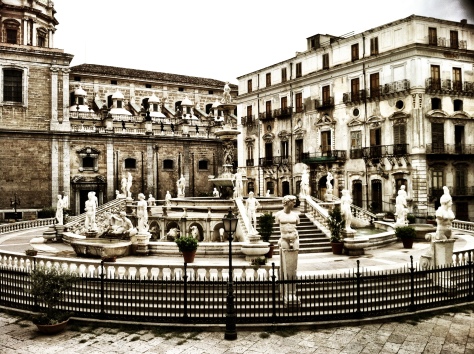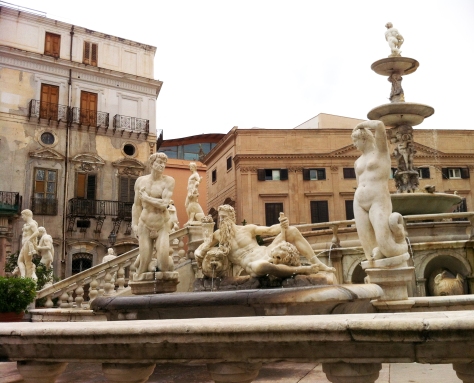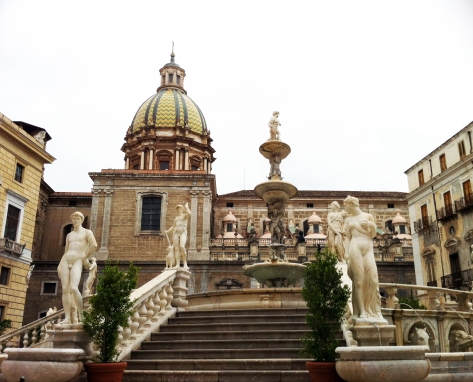Are you looking forward to your next trip to Italy?
Do you already imagine yourself sitting at a bar in the sun, sipping on your espresso or eating gelato and enjoying “la dolce vita”? 😉
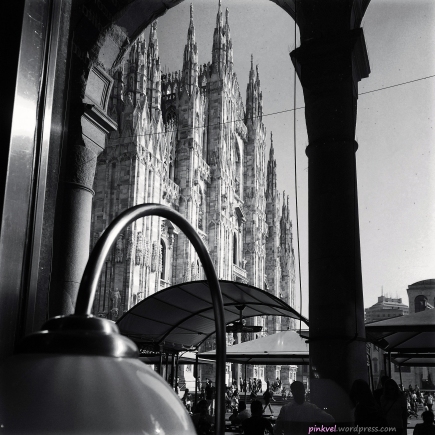
In this case, and if you do not want to look like a truly unexperienced Italy-traveler, you should know just a couple of small little “don’t’s”.
When you are in Italy, NEVER EVER………
- drink Cappuccino after lunchtime
- ask what types of coffee they have in a bar (for any further information on this I recommend to read this POST)
- try to pay for your coffee at the barkeepers, there is always a cash-desk where you can pay for your coffee before ordering it
- order coffee and complain if you get an espresso
- complain that the coffee is too strong
- think “antipasto” is only cold meat and cheese
- use cheese on fish (even if it comes with a pasta)
- await a salad with dressing (you have oil, vinegar, salt and pepper on the table and two hands to help yourself)
- await some sides with the main dish, if you want to have some fries you have to order them
- ask for a doggy-bag
- await an extensive breakfast buffet at hotels. Italians only eat sweet in the morning, so often you will have plenty of sweet dishes and not much choices for a salty breakfast.
- eat spaghetti with a spoon
- cut spaghetti with the knife
- order pizza with pineapple
- order ice-cream by telling how many scoops (or worse: balls) you want. There are just different sizes of cones or cups.
- drink anything with milk after dinner
- ask for the bill seated at a table and then split the costs
- complain about the extra “coperto” costs on the restaurants bill. This can normally be seen as the “tip”.
- take a seat at the restaurant without waiting to be seated
- walk around in a city with sunscreen all over your body
- wear flip-flops when you go out at night
- wonder why Italians wear sunglasses even at night
- wear Bermuda shorts in the evening
- make mafia jokes
- use random movements of the hands to speak
- ask for indications by trying to translate every single word with a dictionary. Italians are not patient enough.
- say “spaghettis”: spaghetti is already the plural word of spaghetto
- say “gnocchis”: gnocchi is already the plural word of gnocco
- say “tortellinis”: tortellini is already the plural word of tortellino, or better: tortello
- say “expresso”: it is espresso. Or caffè.
- say “ciao” to formally greet someone. Better say “buongiorno”.
And now… ENJOY!!! 😉
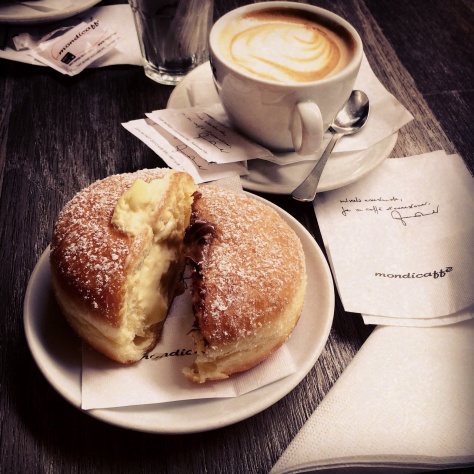

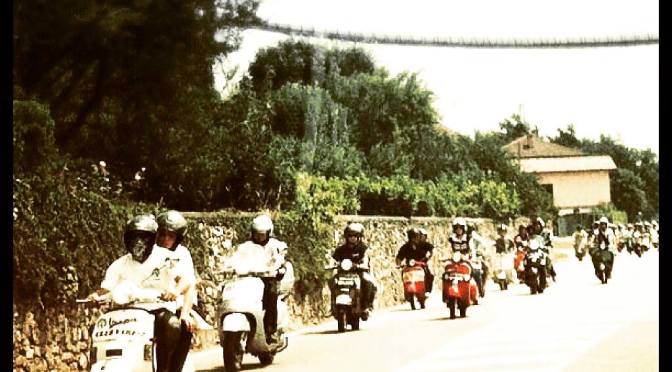
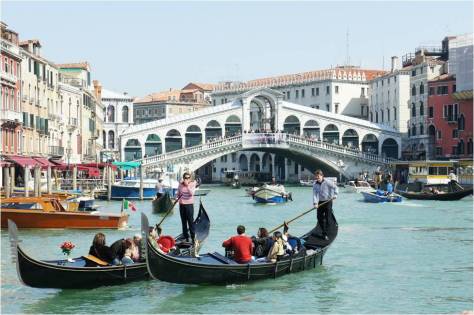
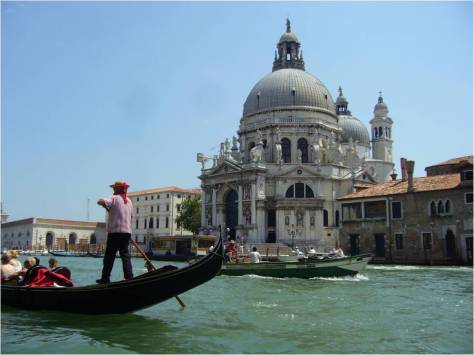
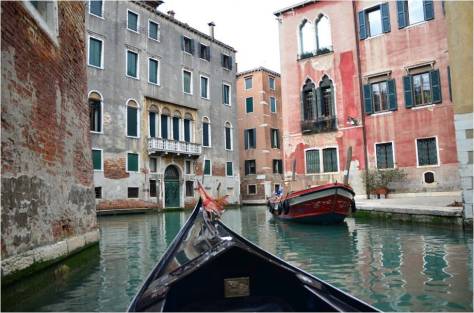
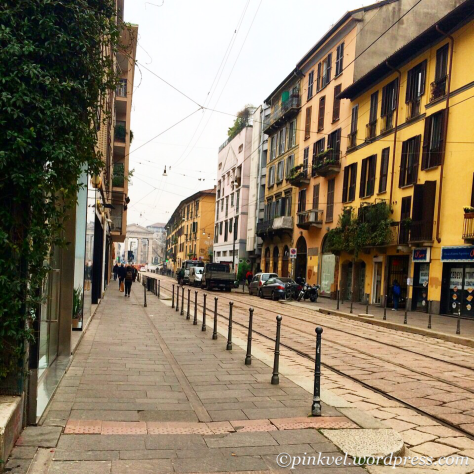
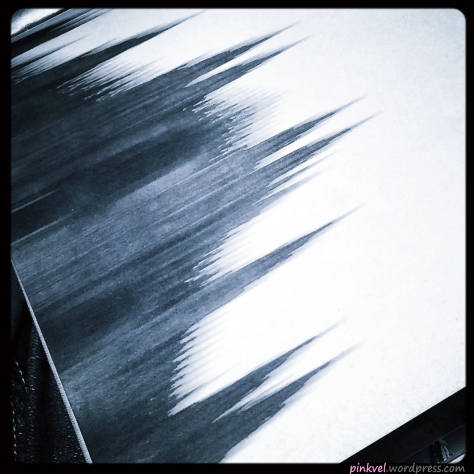
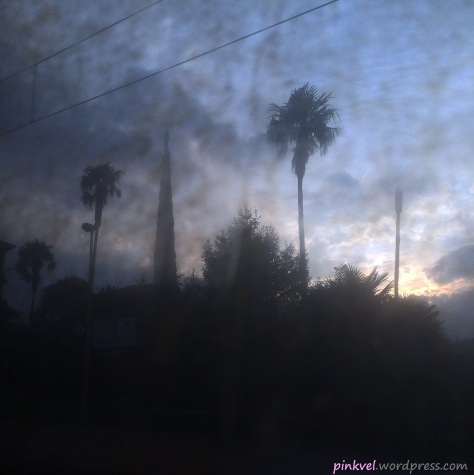
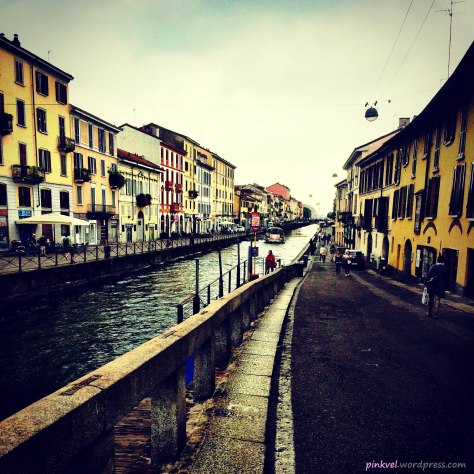
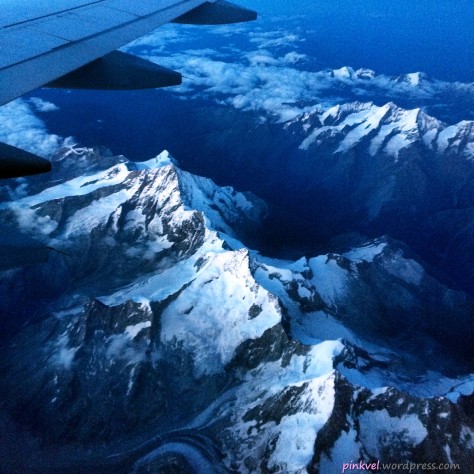
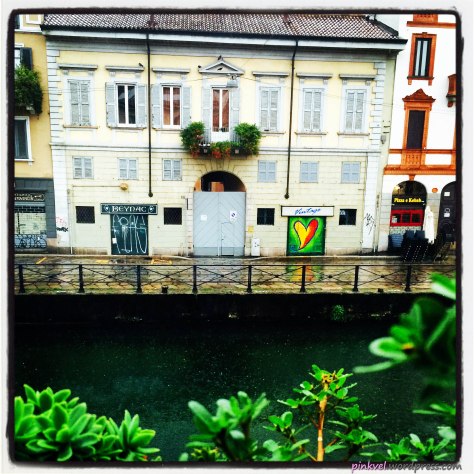
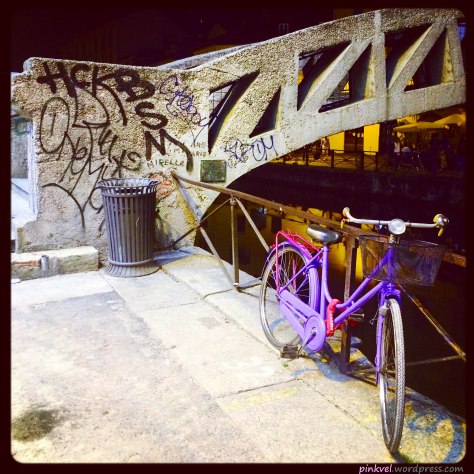
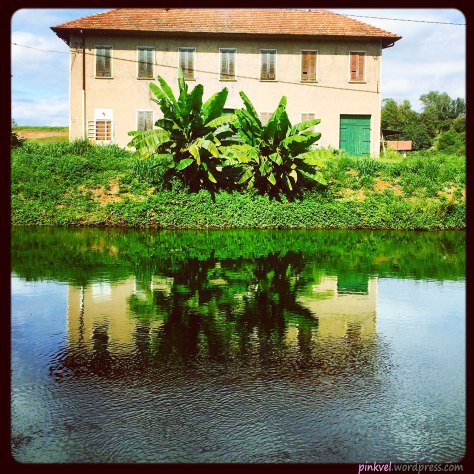
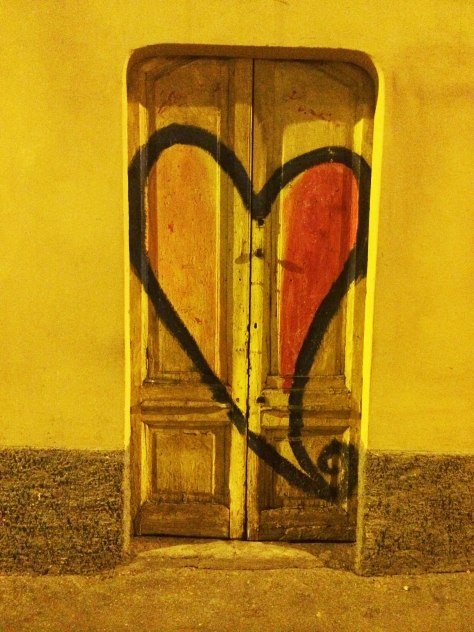
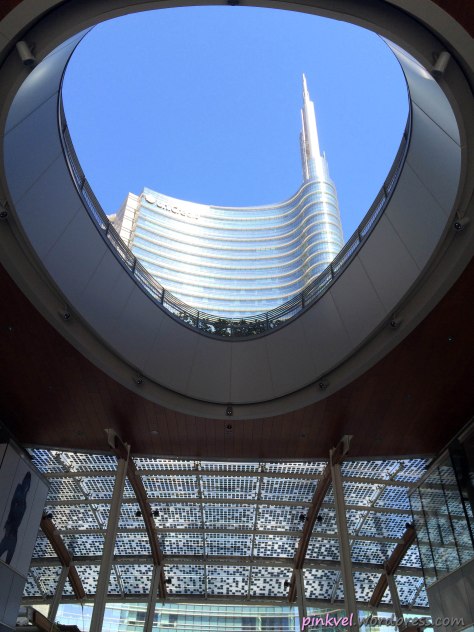
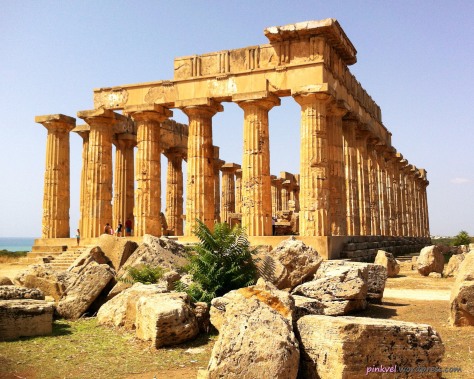
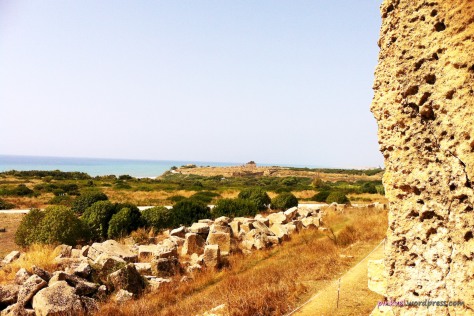
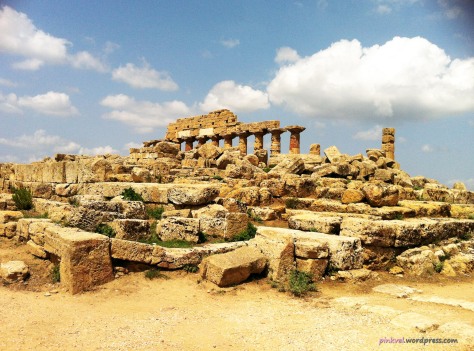
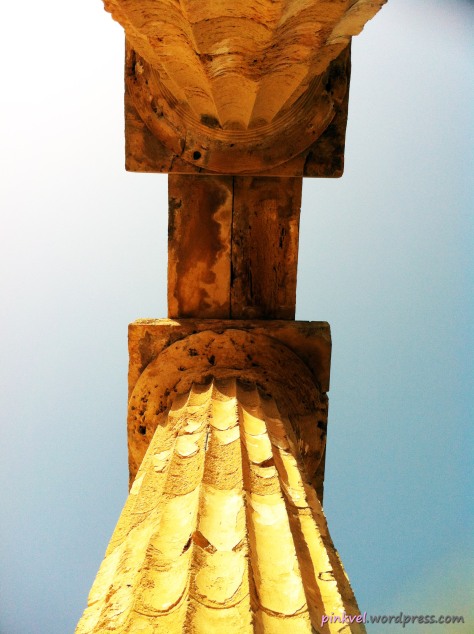
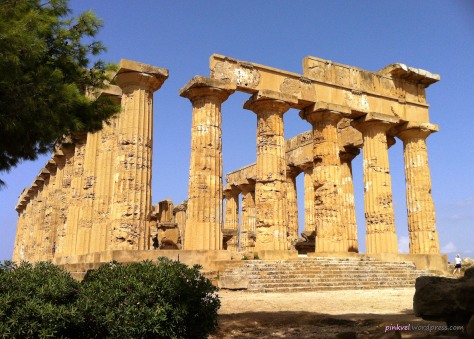
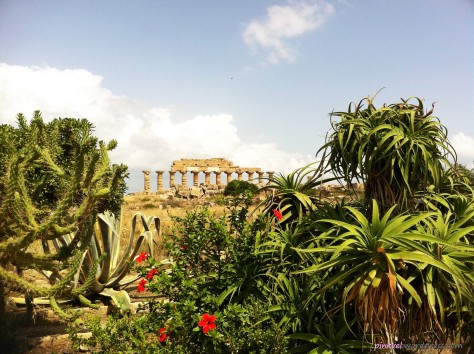

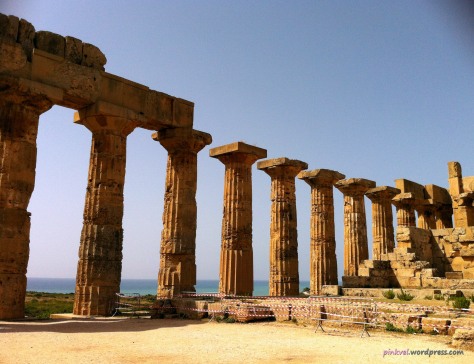
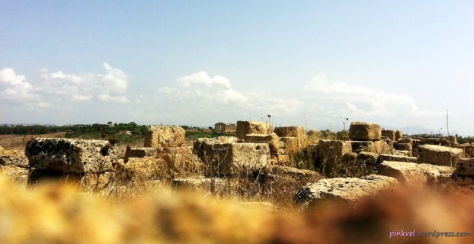
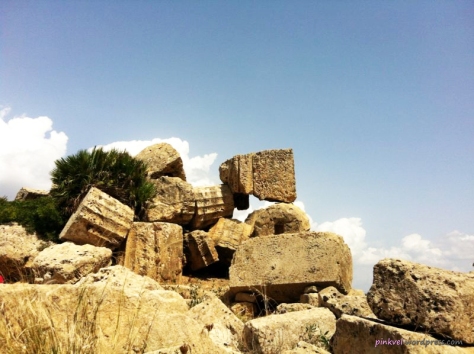
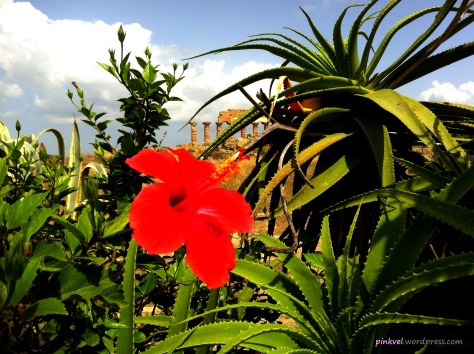
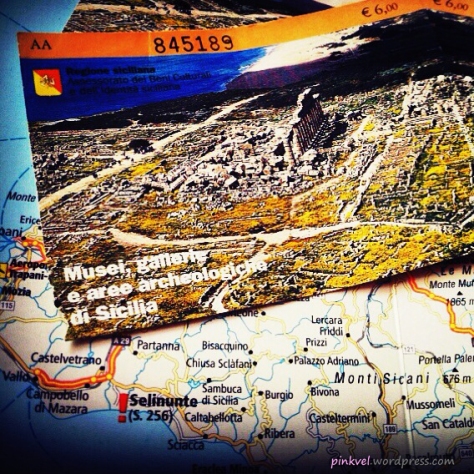
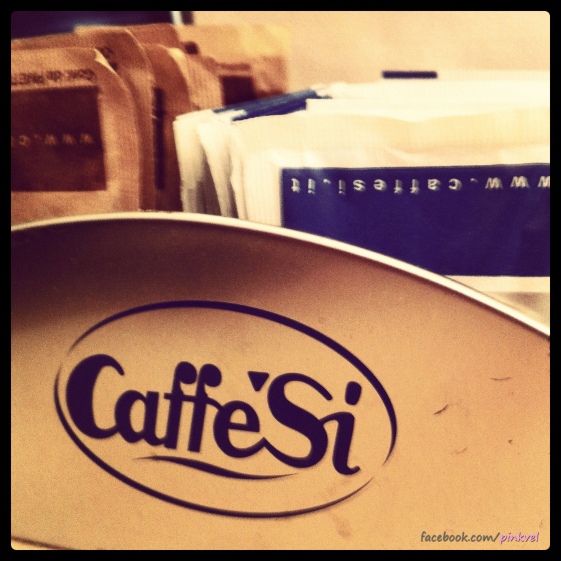
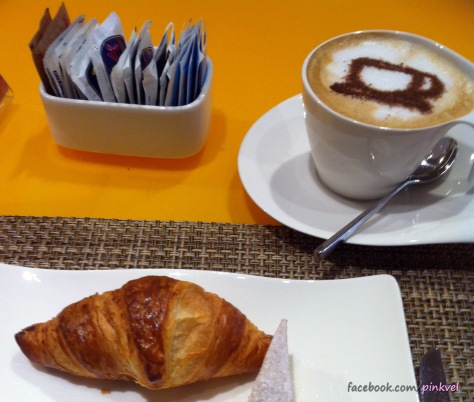
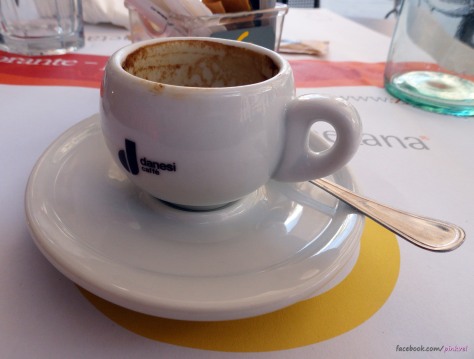
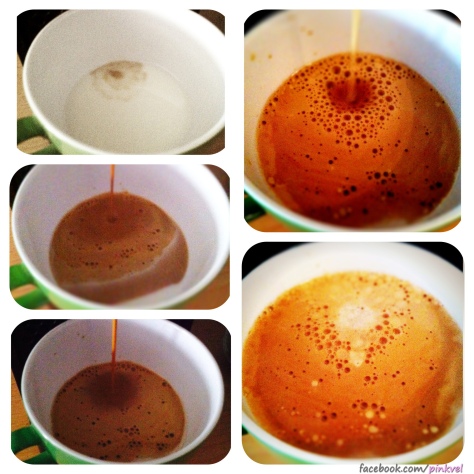
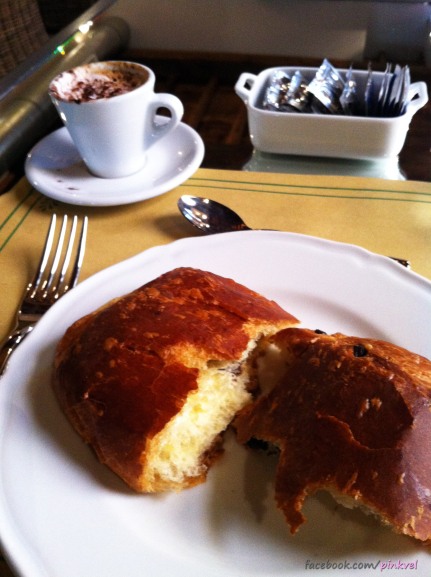
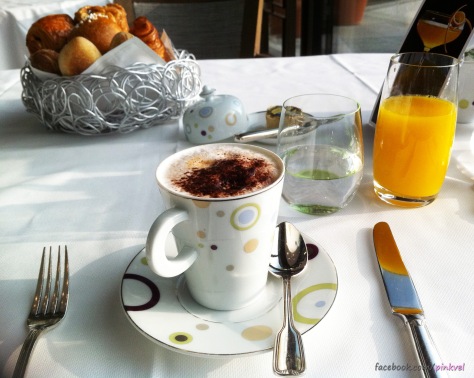
 However, don’t worry too much. You cannot leave Italy without a real coffee in a bar. It is a great experience, not only for the taste of it!
However, don’t worry too much. You cannot leave Italy without a real coffee in a bar. It is a great experience, not only for the taste of it!